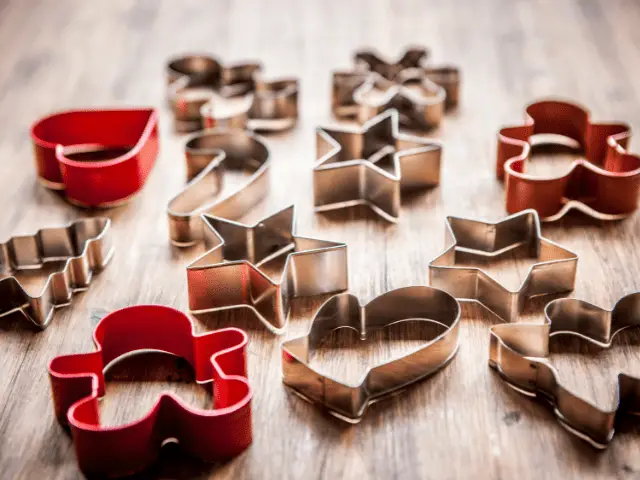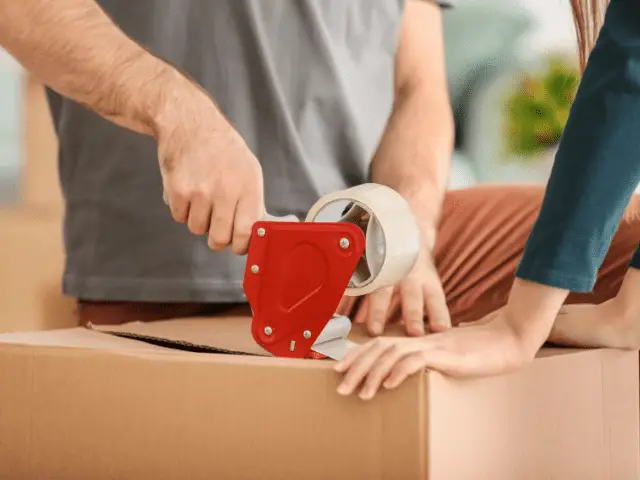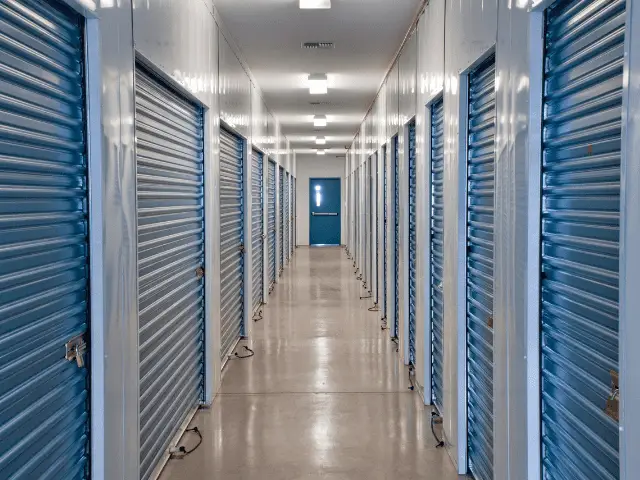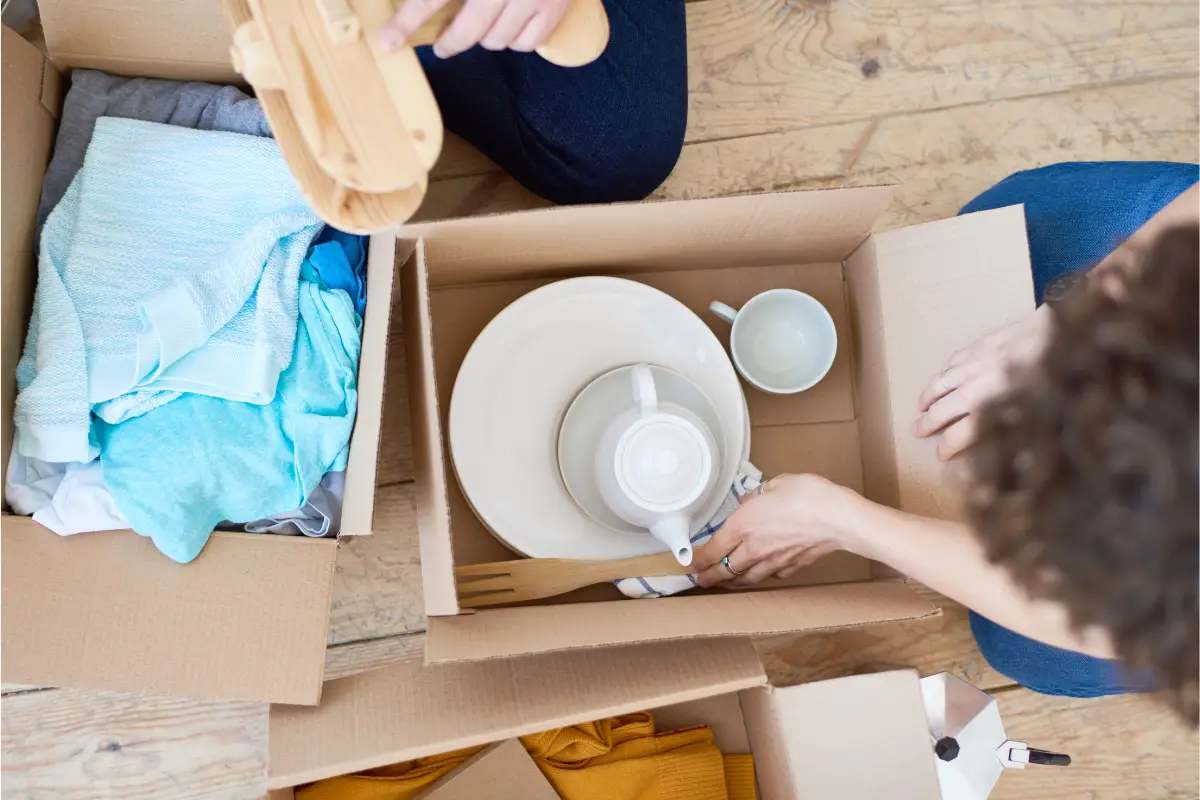Kitchens are one of the hardest rooms to pack. Most of the items are oddly shaped and so many of them are breakable. In fact, there is the secondary issue of your food that is perishable or refrigerated. In my four moves, it is always the room I do last especially because we need so much of it daily.
There are a few key things you will want to remember as you pack up the kitchen. First, it is easy for kitchen boxes to get heavy, so try to manage the weight appropriately. More boxes are better than boxes that break.
Second, many of the items are irregularly shaped. Try to fit the dead spaces in your boxes with the oddly shaped items.
Third, pack items appropriately to be picked up and jostled. Furthermore, you will want to label any fragile boxes.
In this guide, I’m going to go over general guidelines on how to pack up your kitchen and some specific tips on preparing your things to be placed in storage. Let’s get started.
This post contains affiliate links. If you use these links to buy something I may earn a commission. Thanks.
Table of Contents
Packing the Kitchen for Storage
Organize and Plan
Least Used Items First

In the days leading up to the big day, plan out your meals and what items you will need to cook them. This will give you a chance to pack some of the seasonally used items. The turkey roasting pan and Christmas cookie cutters can probably be packed away.
Keep the Essentials Out
Planning your meals and the utensils needed also allows you to pack up some items. Keep one multi-use pan out and only what you will need for your last days. When it is time to depart permanently, pack all the items together as an “essentials” box.
Additionally, you might plan meals to use up some of the food you have stored away in the pantry, freezer, and refrigerator.
Purge Your Food
If you do not want to transport your food items, ask friends or neighbors to come “shopping” for anything they can add to their pantries or refrigerators. Remember, if the food remains unopened and non-perishable, consider donating it to a local food pantry.
Sort Your Items
Whether you do this physically or mentally, sort what items you will want to combine in boxes. How you choose to sort them is entirely up to you. Some may choose to sort by fragile versus non-fragile. While others may choose to sort by use such as utensils versus dishes.
Finally, others may choose to sort by how much they will need it in the last few days.
A combination of the packing strategies is best to use space. Pack away the items you use infrequently and will not need in your last few days in your home. Use the empty space in Tupperware, plastic cups, and bowls for smaller items, utensils, and knives.
When packing larger, irregularly shaped items, fill the unused spaces with any item that can fit (if it is protected).
Pick the Best Packing Materials

Proper packing supplies are the number one thing that will make or break your kitchen move. The one item we consistently upgraded with every move was packing tape. With the first move, we went with the cheapest option. I mean… it is just tape, right? Wrong.
The other vital items for kitchen packing are sturdy boxes, Styrofoam, and bubble wrap. How tightly you wrap your dishes is entirely up to you and how they will be moved.
If movers are transporting your items, pack your items carefully. There is no way to know how your boxes will be handled and protection is key.
Related –> What to Do if Movers Break Your Stuff
Many stores that sell packing materials, sell specialized materials to make packing easier. They may seem like gimmicks, but we designed them for a reason. Cell kits for glasses and stemware are excellent choices to purchase.
are excellent choices to purchase.
A heavy-duty box with double walls will protect your kitchen breakables the best.
One great tip if you have enough lead time before your move is to check with your local grocery store. A lot of produce is shipped in heavy-duty boxes that are broken down and recycled. Grocery stores are usually happy to pass them along to you (and for FREE)!
Declutter
Even though you may be shocked at how much stuff you can actually fit in a storage unit, there is no need to pack and store items that you don’t even use.
Moving is a great time to declutter every room in the house. You get the chance to dig everything out and assess if you really need or want it. The kitchen is a room that catches a lot of onetime use items. Peer into the back of those cabinets for long-forgotten pots or pans you no longer use.
Take this opportunity to donate or sell anything you want to get rid of. Smaller appliances are difficult to pack and often have limited use. Re-home that coffee press you tried once and put in the back of the cabinet.
Large Appliances
While it is not always the case, sometimes you are moving your large appliances with you. If you plan to bring your dream refrigerator on the big move, you will need to prep it ahead of time.
For your dishwasher, you will want to run a wash cycle empty to clean the inside. Finally, secure any loose racks or utensil carriers for transport. If you do not have experience, have a specialist.
For your stove, run a self-clean and secure the door. Most ovens have locking features and removable knobs for transport.
Finally, the refrigerator will need to be defrosted properly ahead of time. Additionally, you will want to drain any water lines. Just like the other appliances, secure all doors and racks for the big move.
Everyone dreads packing the kitchen. We all eat, and the kitchen is the heart of the home. We need many of the items in the kitchen daily. Remember to pack an “essentials” box of the items you absolutely need in the last days. Anything else can be packed away before the move.
Packing the Kitchen for Storage

Packing everything for storage is slightly different than packing for just a move. Even though many storage facilities hold standards that will protect your belongings from the elements, some things are impossible to avoid.
Unless paying extra for temperature control, your belongings will face some heat or cold weather. Most items can tolerate this change without too much issue. If you are looking to store your items for a short period of time, temperature control is not needed for most kitchen items this excludes any fine china and appliances with advanced electronics.
However, if you are looking for longer-term storage, the fluctuation of seasons is a good reason for climate control.
In almost all cases, your storage facility will be protected from rain, snow, and water. Although, humidity is also a problem. Mold and mildew can still form from humidity. Ultimately, your belongings are well protected in storage especially if packed up correctly.
One potential issue in storage is rodents or pests. While most storage facilities try to hold standards against rodents, they are a tricky thing to keep at bay. We recently used a storage facility while we were in between closings and found evidence of mice all over our boxes. They even ate a hole in our couch. It is incredibly aggravating to find. So how do you avoid it?
Picking a reputable storage facility is the first thing to do. The second tip is to remove anything that may attract pests like food crumbs and all food items. You can also add some pest deterrents like cedar blocks and lavender essential oils.
You will want to choose the best materials, especially for the kitchen. Sturdy boxes with double walls are the best choice and heavy-duty packing tape is a must. Reach out to your local grocery store to see if they will give you boxes. With a bit of planning and some Tetris skills, you can pack up your kitchen as painlessly as possible.
Storage adds some threats to your belongings like temperature and rodents, but you can mitigate these issues. Look for climate-controlled units if you plan to use the storage for a long period of time. Also, keep food out of your storage unit and pack your items properly in airtight containers when necessary.

